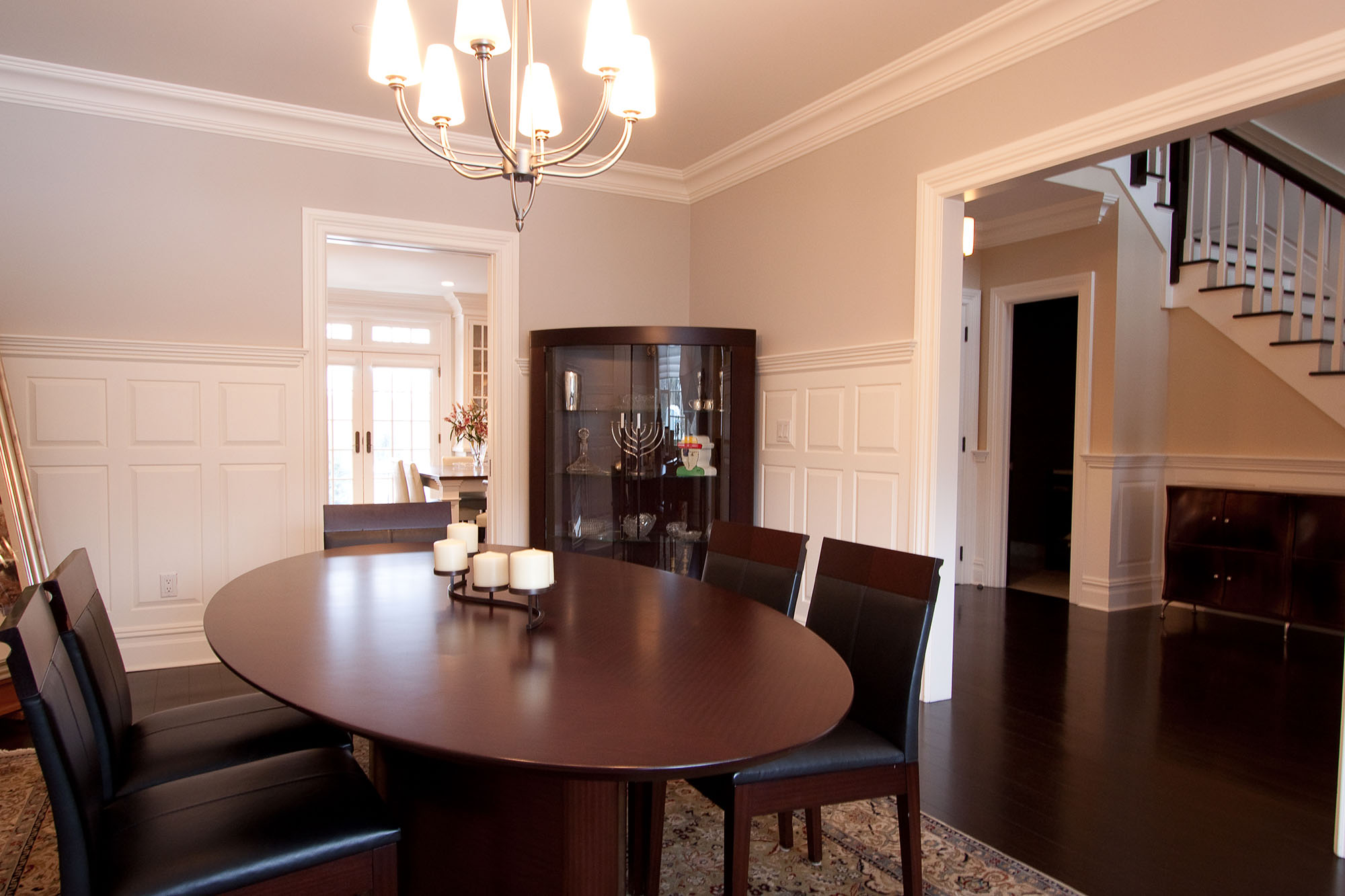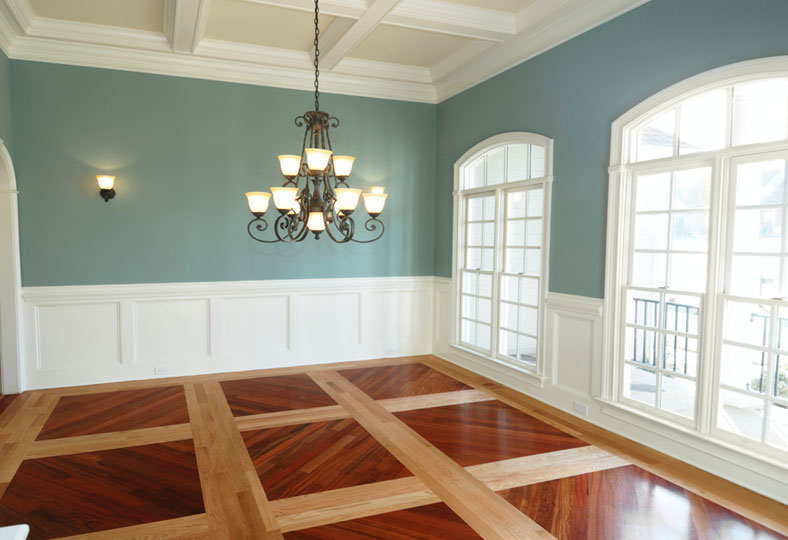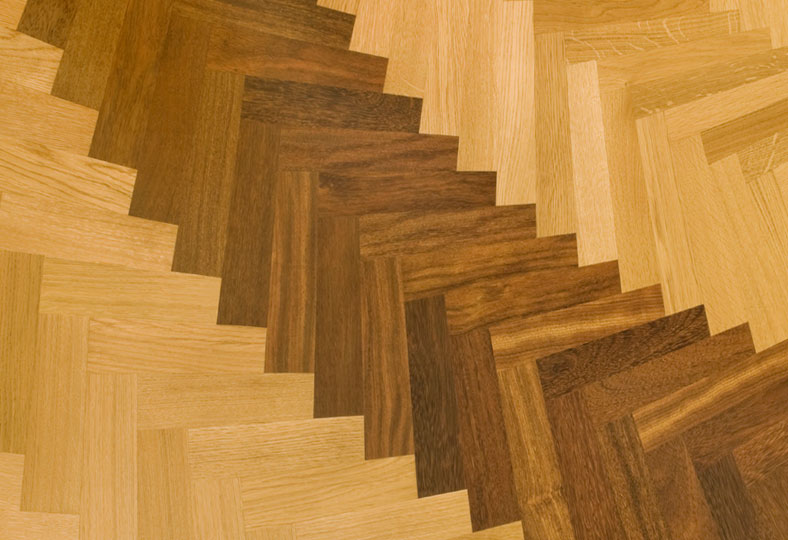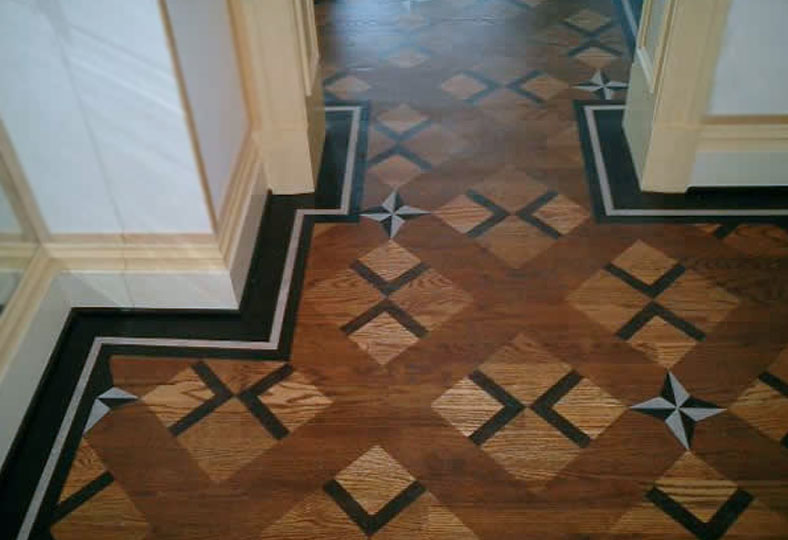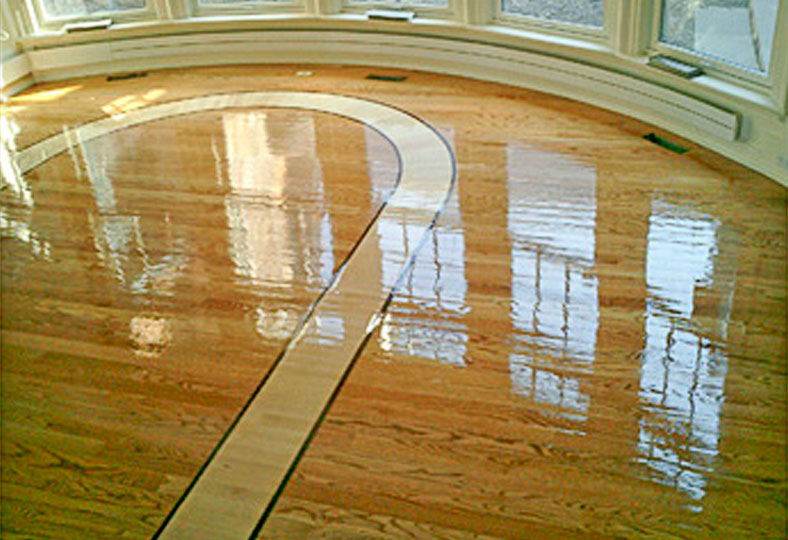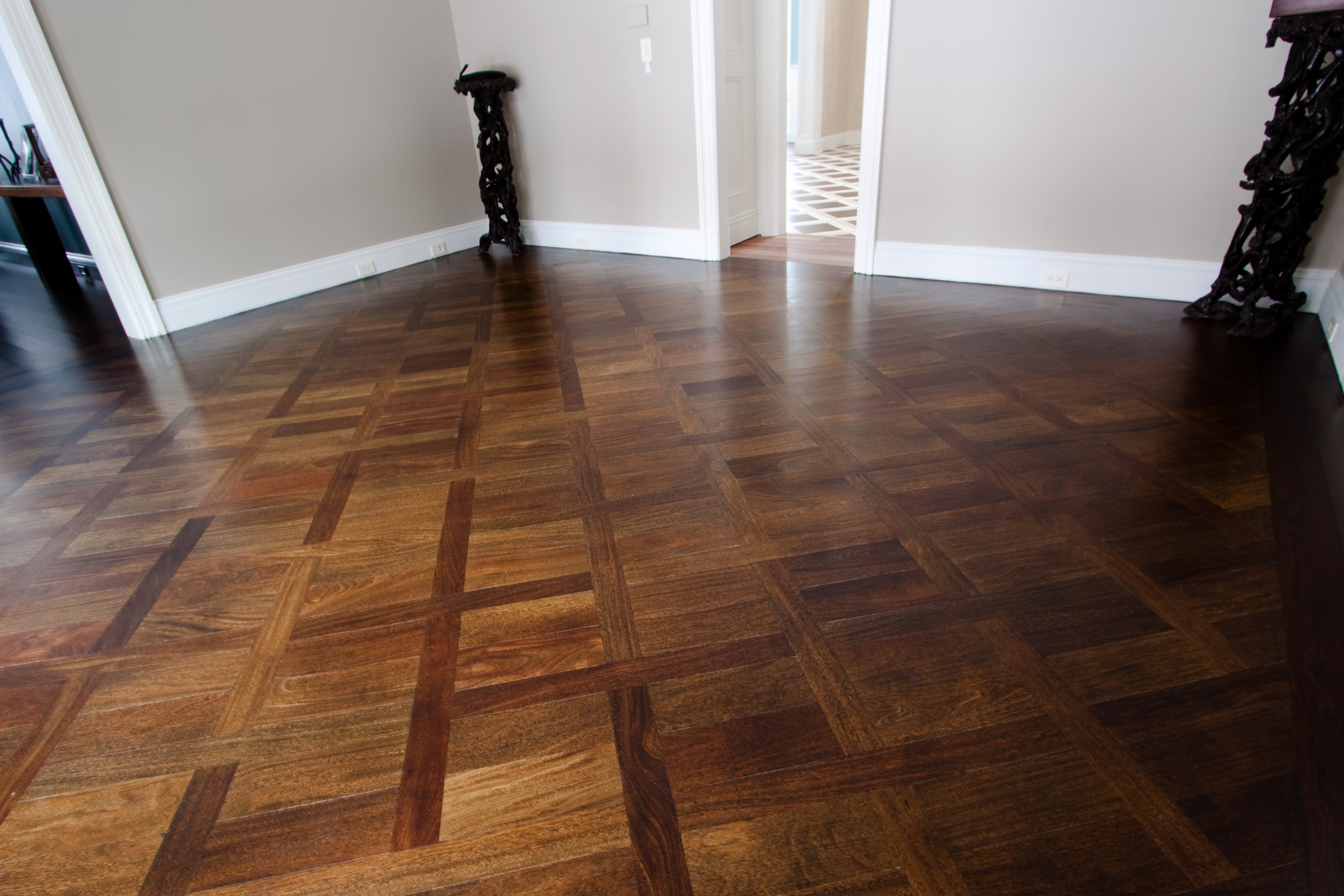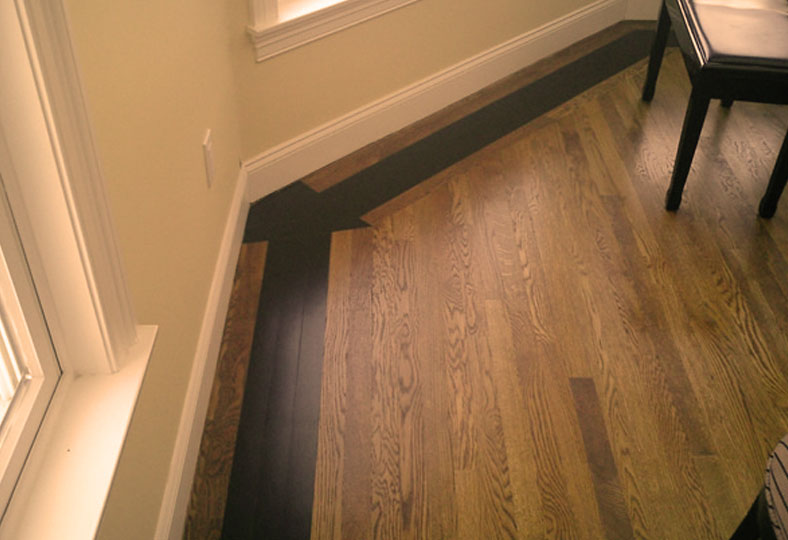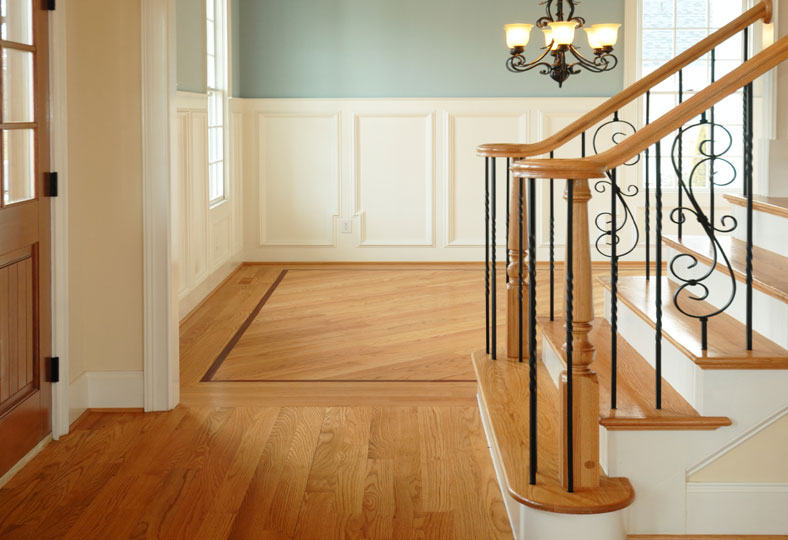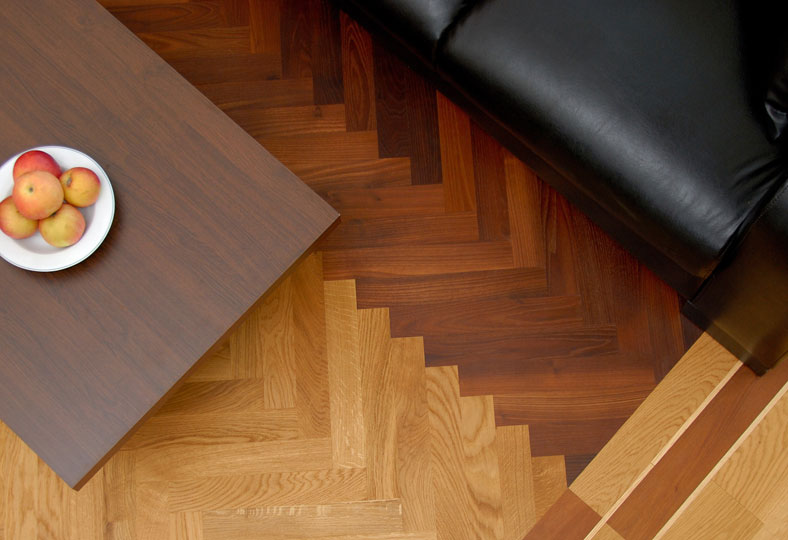all for you
our Products
all about the wood we’re going to put in your house
MAINTAIN YOUR SPACES
Wood flooring adds classic beauty and warmth to every room in your home.
Wood flooring adds classic beauty and warmth to every room in your home. Today’s state-of the-art technology enhances the natural beauty of wood flooring while making it long-lasting and easy to care for.
F&L Floorworks carefully plans every installation to ensure that it will uniquely complement your decor. The following guide is a good resource to learn about our wood flooring products and which will be the right choice for your home.
- Composition – what are the basics of wood flooring
- Species – what types of wood are used to make wood flooring?
- Appearance & Grades– How is the appearance of the wood flooring graded
- Properties– How do the properties of wood affect the floor’s durability ?
- Cuts– How can wood be cut into flooring ?
- Finishes– What finishes are available ?
Borders & Inserts– How are orders used to enhance wood flooring ?
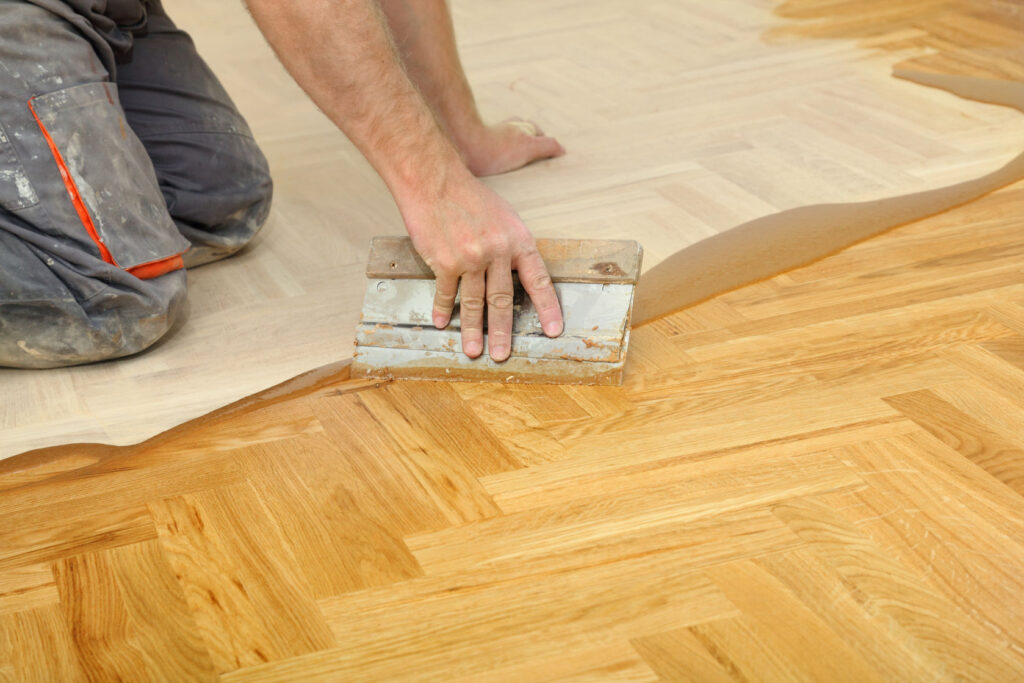
- Strip – solid boards with thickness of l/2” or 3/4” and widths of 1 l/2”, 2” or 2 l/4”
- Plank – solid boards with thickness of l/2” or 3/4” and widths of 3” to 8”
- Parquet – patterns made from individual wood pieces
Engineered wood flooring is made by bonding thin layers of lumber with an attractiveveneer finish. It is also available unfinished and pre-finished. Engineered wood flooringcomes in the following forms and sizes:
- Strip – solid boards with thicknesses of l/2” or 3/4” and widths of 1 l/2”, 2” or 2 l/4”
- Plank – solid boards with thicknesses of l/2” or 3/4” and widths of 3” to 8”
- Parquet – patterns made from individual wood pieces
Composition
Wood flooring can be made from solid wood or from wood veneers, glued together. It is available both with and without a finish.
- Unfinished Flooring refers to a product that is first installed at the site without any finish. After installation, it must then be sanded and finished.
- Pre-finished flooring is sanded and finished at the factory. It only requires installation to be ready for use.
Solid wood flooring is made of solid lumber. It is available both unfinished and pre-finished, and comes in several forms and sizes, including:
- Strip – solid boards with thickness of l/2” or 3/4” and widths of 1 l/2”, 2” or 2 l/4”
- Plank – solid boards with thickness of l/2” or 3/4” and widths of 3” to 8”
- Parquet – patterns made from individual wood pieces
Engineered wood flooring is made by bonding thin layers of lumber with an attractiveveneer finish. It is also available unfinished and pre-finished. Engineered wood flooringcomes in the following forms and sizes:
- Strip – solid boards with thicknesses of l/2” or 3/4” and widths of 1 l/2”, 2” or 2 l/4”
- Plank – solid boards with thicknesses of l/2” or 3/4” and widths of 3” to 8”
- Parquet – patterns made from individual wood pieces
Solid Wood flooring vs Engineered wood flooring:
Most solid wood strip or plank can only be installed with nails over a wood subfloor. Solid wood parquet and short length strip or plank can be installed with an adhesive on a variety of non-wood subfloors. Solid wood flooring is very susceptible to moisture and can not be used below grade, in areas such as basements, or in high-humidity environments.
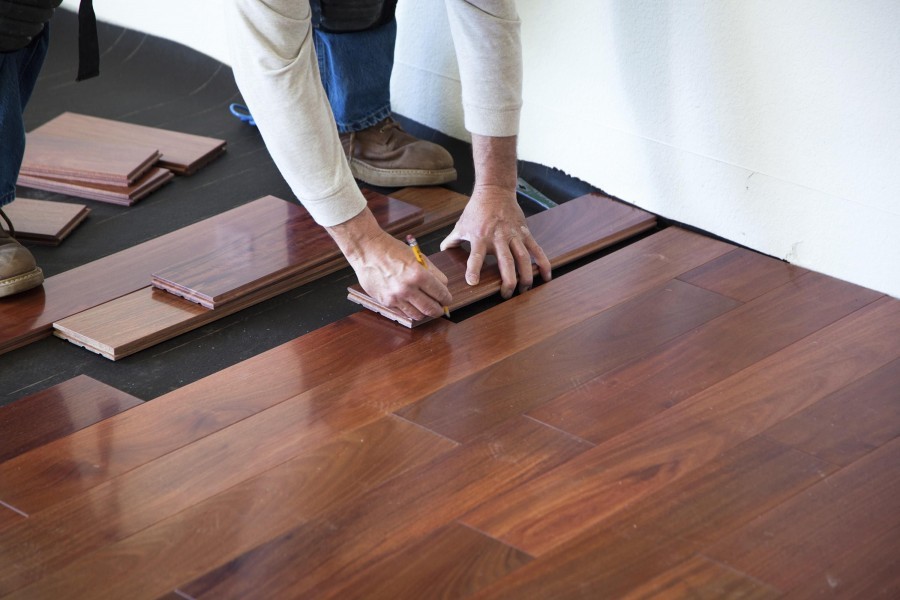

Engineered Flooring
can be installed with adhesive on a variety of subfloors. Some engineered strip and plank can be installed with nails over wood subfloors. And some engineered flooring can be installed as a “floating” floor without fastening to the subfloor, by using a bonded tongue and groove technique (used to install over an existing vinyl floor).
Engineered flooring is much less susceptible to the effects of moisture, and can be used below grade or in humid climates
Acrylic impregnated wood flooring
is a highly durable pre-finished product. A high-pressure process is used to saturate the wood with color pigment and acrylic resin.
The result is an extremely hard finish that is very resistant to abrasion and moisture. Acrylic impregnated flooring is typically used in commercial applications, but it is also available for residential purposes. It comes in the same forms and styles as engineered flooring
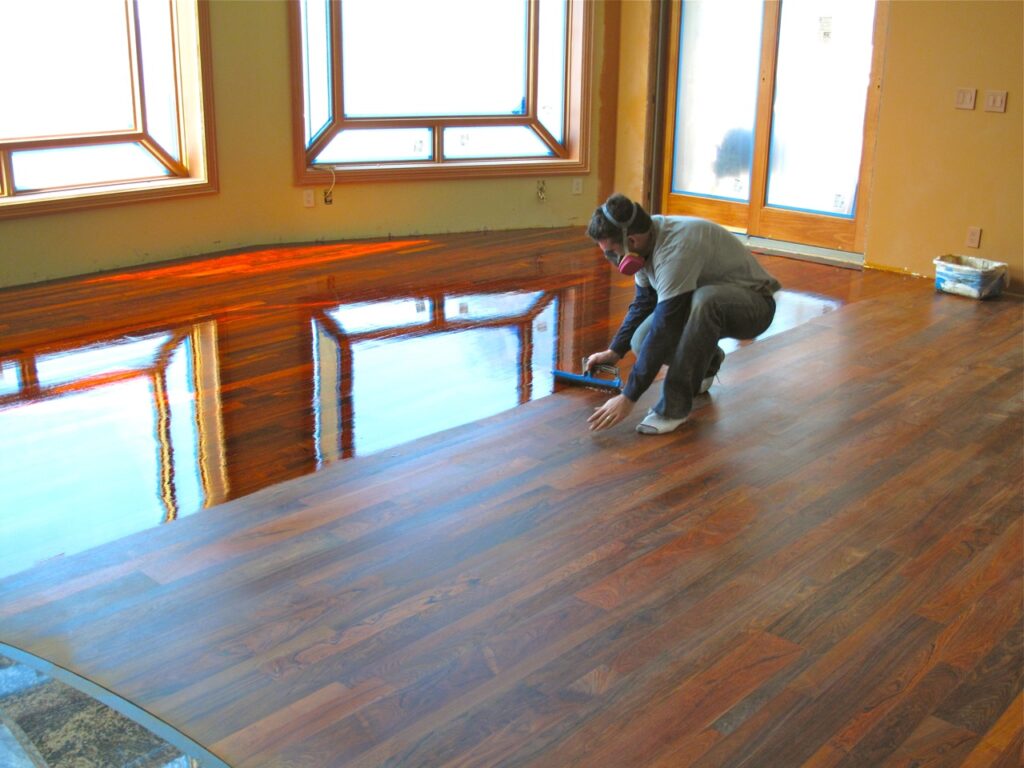
SPECIES
The following table lists some of the more commonly used species for wood flooring. Although less known, other species are also available when a more interesting appearance is desired.
Domestic Species
White Ash | American Mahogany | Beech |
Maple | Birch | Bird’s Eye Maple |
American Cherry | Mesquite | Chestnut |
Red Oak | Douglas Fir | White Oak |
Antique Heart Pine | Yellow Pine | Virgin Heart Pine |
Imported Species
Cameron | Merbau | Brazilian Cherry |
Padauk | Australian Cypress | Purpleheart |
Doussie | Sapele | Ipe |
Teak | Iroko | Wenge |
Jarra | Santos Mahagony | Others |
The following table lists some of the more commonly used species for wood flooring. Although less known, other species are also available when a more interesting appearance is desired.
Appearances & Grades
Appearance of the wood flooring determines its grade. All grades are equally strong and serviceable. Oak and ash have four basic grades. Beech, Birch and Hard Maple have three basic grades.
They Are:Oak Grades
Grade | Appearence | Description |
Clear | Best | Best grade, with the best appearance and most uniform color. |
Select | Good | Limited character marks and unlimited sound sap. |
No. 1 Common | Variegated | Light and dark colors. Knots, flags, worm holes, and other character marks. Other imperfections must be filled and finished |
No. 2 Common | Rustic | A serviceable, economical floor after knots, worm holes, checks and other imperfections are filled and finished. Red and white oak species may be mixed. |
Properties
Hardness is a property of wood flooring that relates to its durability. Harder wood species are more durable and more resistant to wear. Dimensional Stability refers to a measure of how much wood expands or contracts with changes in temperature and humidity.
The chart below lists ’ hardness and dimensional stability for various wood species
Domestic Species | Hardness (Janka) | Dimensional stability |
Ash (White) | 1320 | Above Average |
Beech | 1320 | Above Average |
Birch | 1320 | Above Average |
Cherry (Black) | 950 | Above Average |
Douglas Fir | 950 | Above Average |
Heart Pine (Antique) | 1225 | Above Average |
Hickory/Pecan | 1225 | Above Average |
Maple (Sugar/Hard) | 1450 | Average |
Mesquite | 1450 | Average |
Oak (Red) | 1290 | Average |
Oak (White) | 1360 | Average |
Pine (Southern Yellow) | 1360 | |
Walnut (American Black) | 1010 | Excellent |
Imported Species | Hardness (Janka) | Dimensional stability |
Brazilian Cherry | 2350 | Average |
Cypress (Australian) | 2350 | Average |
Jarrah | 2350 | Average |
Mahogany (Santos) | 2200 | Above Average |
Merbau | 1925 | Excellent |
Padauk (African) | 1225 | Above Average |
Purple heart | 1225 | Above Average |
Teak (Thai/Burmese) | 1000 | Excellent |
Wenge | 1000 | Excellent |
Give Us A Call
(914) 862-0599
Send an email
We serve the area of
Westchester County New York and Fairfield County Connecticut
OUR WORK
See examples of our work
READY TO START?
Get A Free Quote Today!
Click on the button below and get a free quote!
